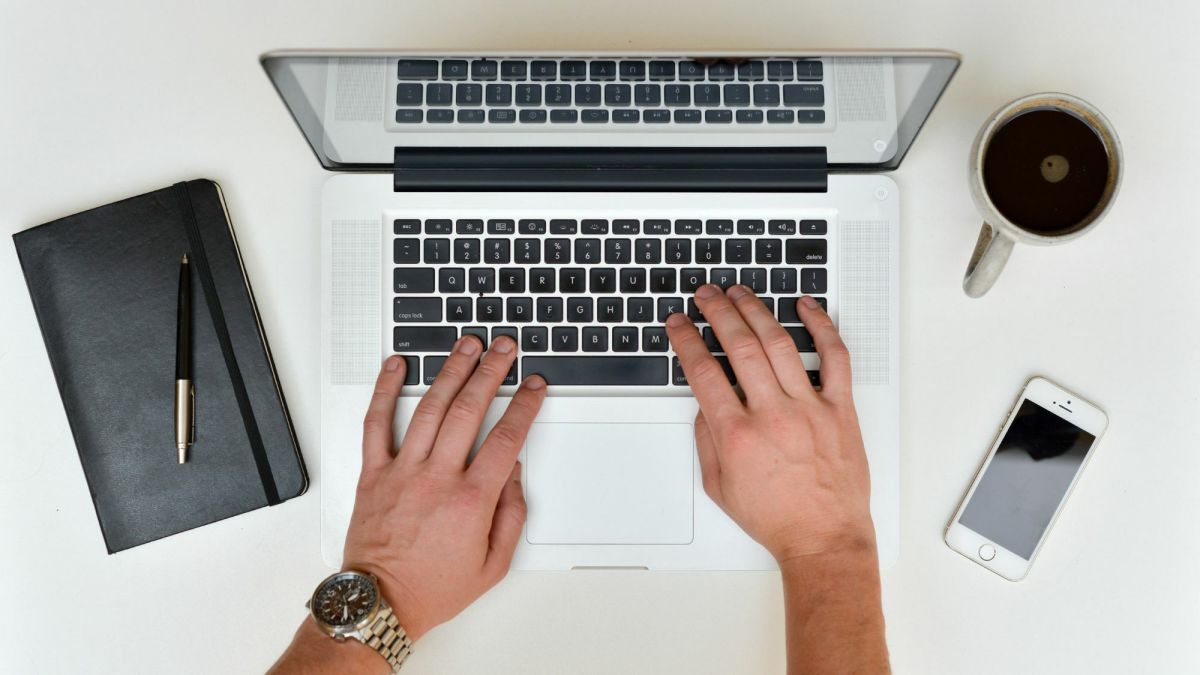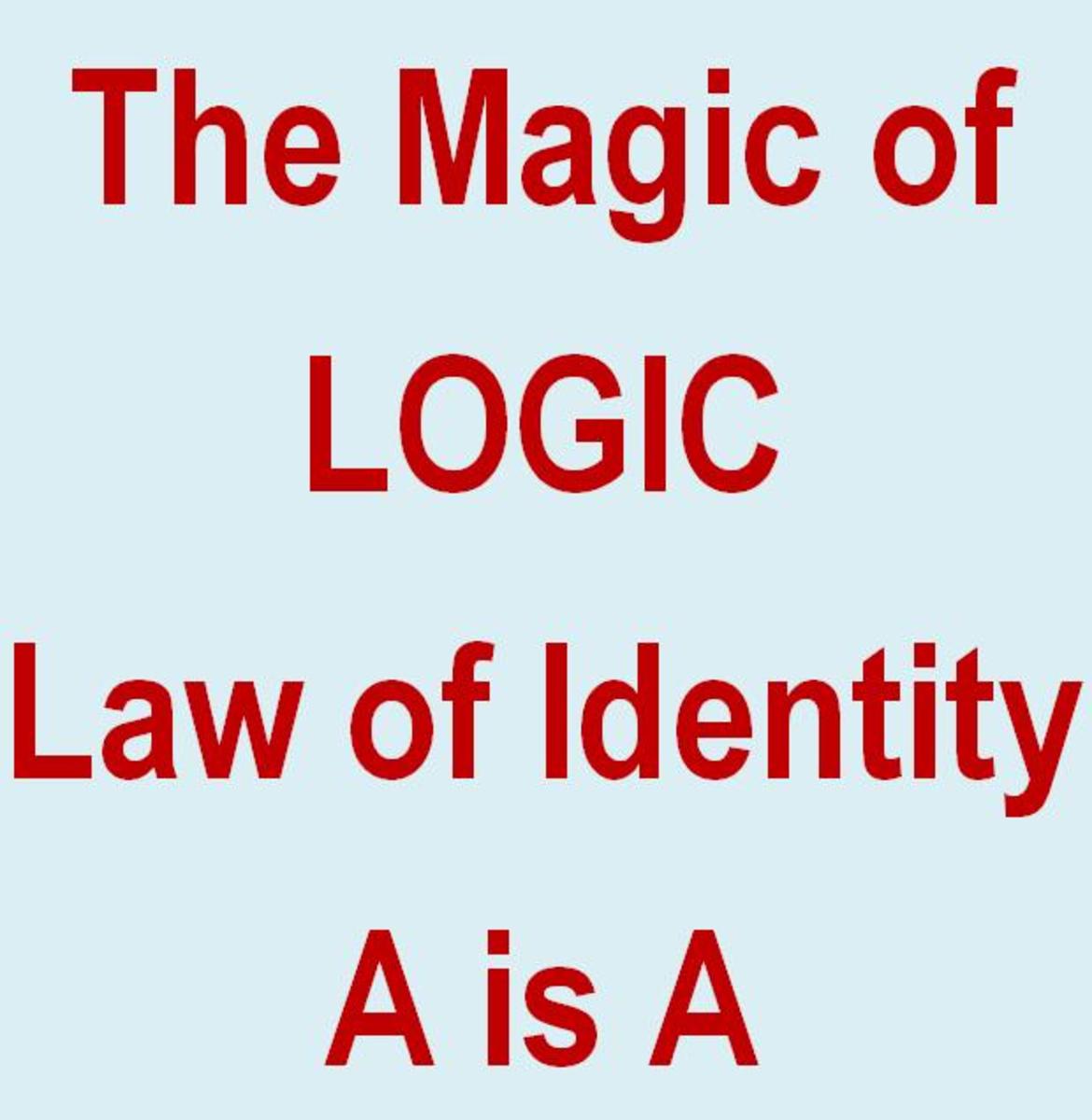Want To Ace GMAT Math? Apply Actual Numbers to Data Sufficiency Problems
When I introduced the GMAT Data Sufficiency (DS) format and presented a step-by-step strategy for solving these problems, I finished by pointing out that many DS problems can be simplified by applying actual numbers. In my series of hubs on applying actual numbers to regular multiple-choice problems, I highlighted the fact that this technique reduces many algebra problems to basic arithmetic. It plays this same role with DS problems, and applying actual numbers serves a second role in DS problems: It allows you to confirm when more than one answer to the question is possible, i.e. when a statement is not sufficient.
As a reminder, your job in DS problems is to determine whether each of the two given statements (or in certain instances, both statements together) provide information sufficient to answer the question. I defined “sufficient” as
allowing one and only one answer to question.
How To Apply Actual Numbers
For multiple-choice and DS problems alike, the first step of applying actual numbers is to pick numbers that comply with the problem’s “rules.” The rules in a DS question may be:
- given equations or inequalities (e.g. j – k = 3);
- number properties (e.g. “the even integer x”); or
- diagrams or wording that limit valid values (e.g. “radius” can only be a positive number, and “the number of people remaining in the room” can only be a positive whole number)
Notice that such rules always occur in the two DS statements, and they may also occur in or above the DS question.
Once I’ve identified one set of values that complies with the rules associated with Statement (1), I apply them to the question and make note of my first answer. I then identify a second set of values that comply with Statement (1) – and I do so with the goal of trying to get a different answer to the question. So I’m going to try numbers that are distinctly different from my first set of numbers. As long as these values follow the rules, I might try:
- even numbers if my previous numbers were odd
- negative numbers fractions between 0 and 1 (i.e. “proper fractions”)
- numbers near or far away from the boundaries created by inequalities (e.g. if x < 1, I might choose 0.99999 or -100)
- because of their special properties, 0 and 1
One of three things will cause me to conclude whether Statement (1) is sufficient:
- As soon as I get a second answer to the question, I mark Statement (1) as not sufficient.
- I may recognize a math concept that ensures the answer will not change (e.g. the variable is always even, so dividing it by 2 always yields an integer).
- I may have tried several values representing the types listed above, and the answer still has not changed.
In the case of #2 or #3, I will mark Statement (1) as sufficient.
I then repeat this procedure for Statement (2); and if each statement individually is not sufficient, I repeat the procedure one more time to determine if following the rules of both statements results in sufficient information.
Let’s put this approach to work! We’ll use a fairly straightforward problem this first time through, so that the method doesn’t get lost in complexities. More involved problems will be presented in the next hub.

Notice with this first problem that x and y have no restrictions on them; that is, there is no additional information (“rules”) in or above the question. This means that you can choose any real number. (If you are familiar with imaginary numbers, the GMAT test is limited to real numbers, so there is no need to consider i.) The only restrictions I need to apply are those occurring in the statements.
Statement (1)
I’m already thinking that, since Statement (1) puts no restrictions on y, it is not sufficient. Still to be sure, let me put some numbers in place.
I’ll choose x = -2 and y = 2. Then x + y is 0, and 0 is not negative. My answer to the question is “No.”
Since I want a different answer, and the only other possible answer to the question is “Yes,” let me try having both x and y negative:
When x = -2 and y = -2, x + y = -4, which is negative. So my answer to the question is “Yes.” I can now mark Statement (1) as not sufficient.
Two Quick Tips
Notice that I picked the same value for x and y above. I would not do so in a multiple-choice problem, because it may cause more than one answer choice to match the answer to the question. (For more on this, review my previous hubs on applying actual numbers.) Using the same value for multiple variables is not only allowed in DS problems but encouraged! If nothing else, it makes the math easier. But it also may lead to a new answer to the question, revealing that a statement is not sufficient.
A second tip: Since quite a few of the DS questions have yes/no answers, you’ll want to avoid using these words to indicate “sufficient” or “not sufficient.” This may seem an unnecessary precaution, but again, you don’t want DS logic to become confusing as you work on hard problems. To illustrate, suppose I used “yes” and “no” in multiple ways above. The conversation in my head would go something like this:
“With the first set of numbers, is x + y negative?”
“No.”
“So is Statement (1) sufficient?”
“Maybe.”
“With the next set of numbers, is x + y negative?”
“Yes.”
“So is Statement (1) sufficient?”
“No.”
“So I mark it as not sufficient?”
“Yes.”
“Because my answer to the question is ‘Yes’ this time?”
“Yes … Wait a sec … Yes, x + y is negative, so No, Statement (1) is not sufficient.”
Do you see the problem? Just imagine if you were working on a more complex problem and had to pick more sets of numbers. So as simplistic as it may seem, my advice is to always ask yourself, “Sufficient or Not Sufficient?” and answer yourself with sufficient or not sufficient.
Repeat (and Repeat)
Returning to our sample problem:
Statement (2)
I’ll pick y = 2 and x = -2. Then x + y = 0, and my answer is “No.”
With the goal of getting a “Yes” answer, I’ll pick a very negative x:
When y = 2 and x = -100, x + y = -98, and my answer is “Yes.”
I’ve gotten more than one answer to the question, so I’ll mark Statement (2) not sufficient.
Statements (1) and (2)
Since each statement individually is not sufficient, I’ll proceed with the final step in the process: I’ll pick numbers that comply with both statements. In this case, as I look at the numbers I picked as I assessed Statement (2), I realize that both sets of numbers comply with both statements, and I got more than one answer to the question. So the same is true of both statements together.
This means that the information is not sufficient even when I consider both statements together, and this corresponds to answer choice (E).
Harder Problems To Come
Again, I’ve demonstrated the strategy of applying actual numbers on a fairly easy DS problem deliberately, to help you to clearly see DS logic working with this strategy. In my next hub, I’ll show you how beneficial applying actual numbers can be when the problem is much more complicated and challenging. Until then, try this technique out for yourself, and let me know how you’re doing!









